Four plovers of the Bay Area
By Linda Carloni
One of the (many) great things about the City of Alameda is the birding. Our long sandy bay-side beach and mudflats offer a feast of winter shorebirds. Among my favorites are our four plovers.
Plovers are in the family Charadriidae – chunky small-to-medium-size shorebirds with short necks, large eyes, and relatively short bills. Unlike their sandpiper colleagues, they are visual feeders. As you watch them, they run, stop, and then peck to get their prey. Their shorter bills don’t allow them to probe effectively to find and devour their food, so they occupy a different feeding niche. Their large eyes let them forage in low-light conditions, even at night.
Of the Bay Area’s four plovers, the Killdeer is with us year-round. While it does share our beaches, it seems to prefer plowed fields, gravelly patches, and other human-altered areas. Killdeer parents are well known for their distraction display – feigning injury and calling loudly in a visible location to draw a predator away from the nest. When the predator is far enough from the nest, the performing Killdeer makes a quick recovery and flies away, returning later to the nest. Like the Snowy and Semipalmated Plovers, it is brownish-tan on top and white below. Distinctively, it has two full dark neck rings. Its loud “kill-deeeeeer” alarm call lets us know how it got its name.
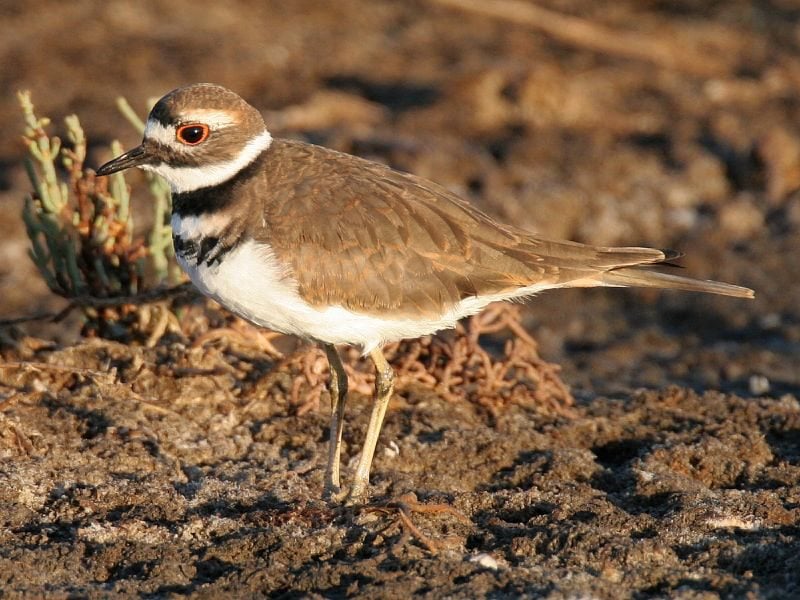 Killdeer: Note the double neck ring / Photo by Bob Lewis
Killdeer: Note the double neck ring / Photo by Bob Lewis
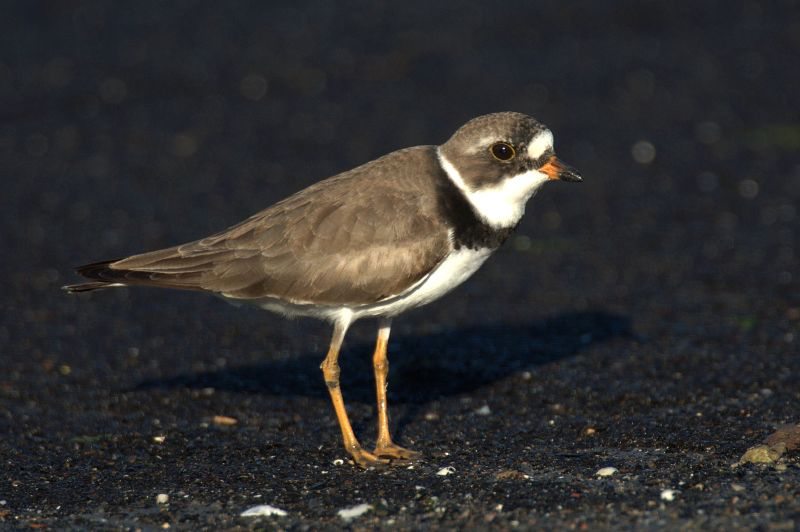 Semipalmated Plover: Note the single neck ring / Photo by Bob Lewis
Semipalmated Plover: Note the single neck ring / Photo by Bob Lewis
Unlike the Killdeer, the Semipalmated Plover joins us in the autumn; some stay for the winter, while others migrate further south. They leave us during spring and summer to breed in the north. Both the Killdeer and the Semipalmated have “disruptive coloration,” striking patterns that break up the silhouette of the bird – in the Semipalm’s case, one full dark neck ring.
These field marks help us distinguish one species from the other, but also make it more difficult for predators to see the bird as a whole against a variegated background. The Semipalmated Plover seems to be among the few plovers whose numbers are increasing, perhaps due to its versatility in food and habitat choice, its widespread coastal winter distribution, or its habitat expansion in the sub-Arctic.
The Snowy Plover is a much smaller, lighter, and whiter version of the first two. It’s only about 6 inches long, compared to about 7 inches for the Semipalm and a whopping 8 to 11 inches for the Killdeer.…

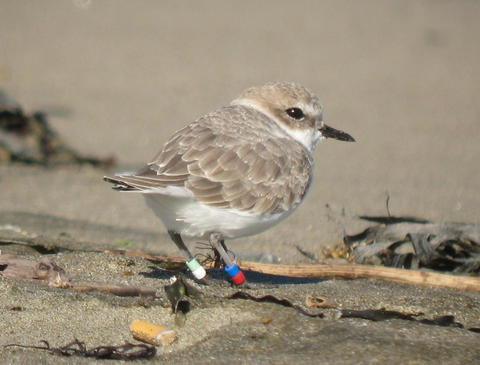
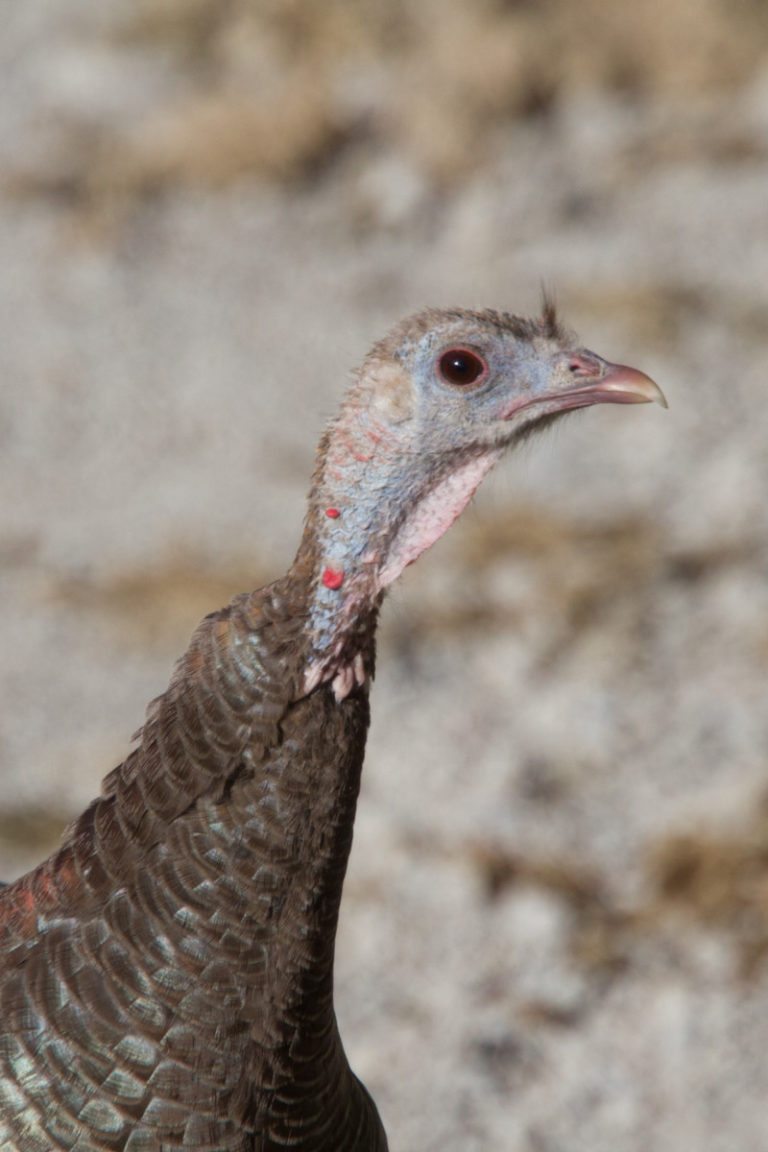
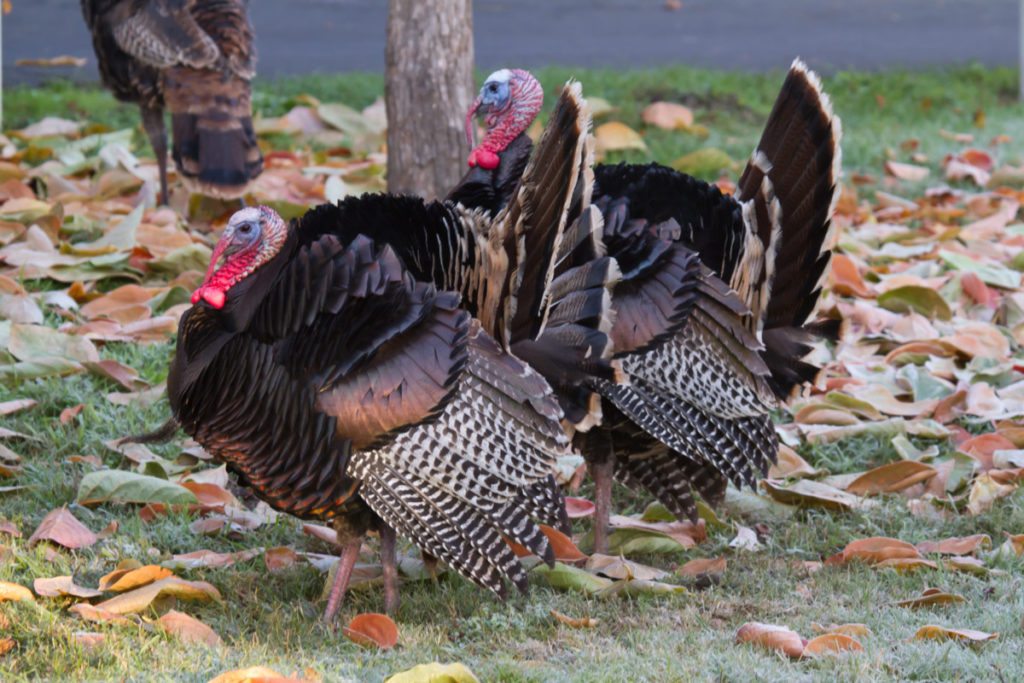 Wild Turkeys by Bob Lewis
Wild Turkeys by Bob Lewis
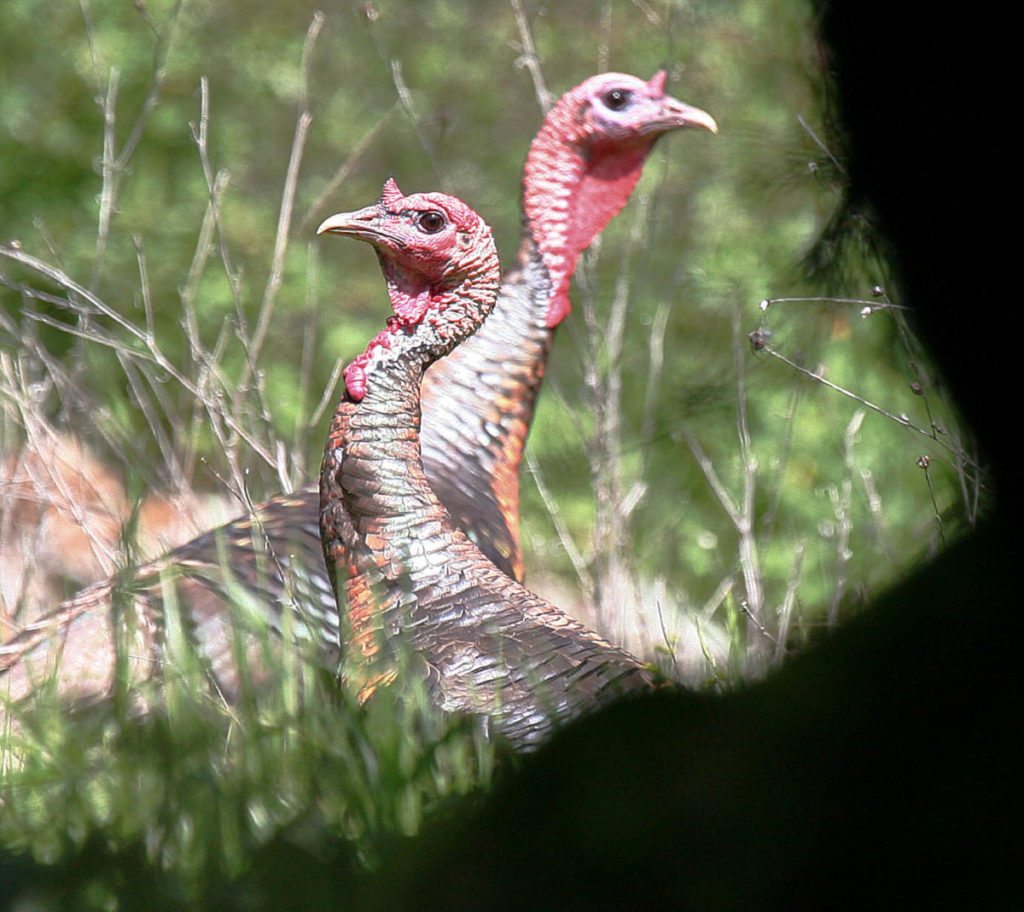 Wild Turkeys by Bob Lewis
Wild Turkeys by Bob Lewis
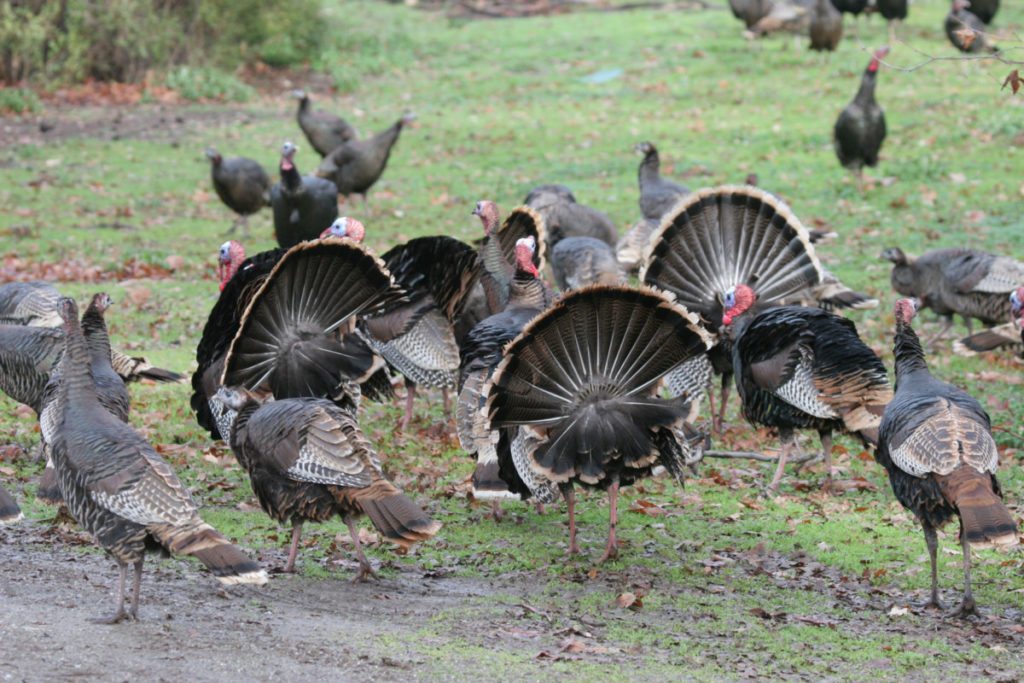 Wild Turkeys by Bob Lewis
Wild Turkeys by Bob Lewis
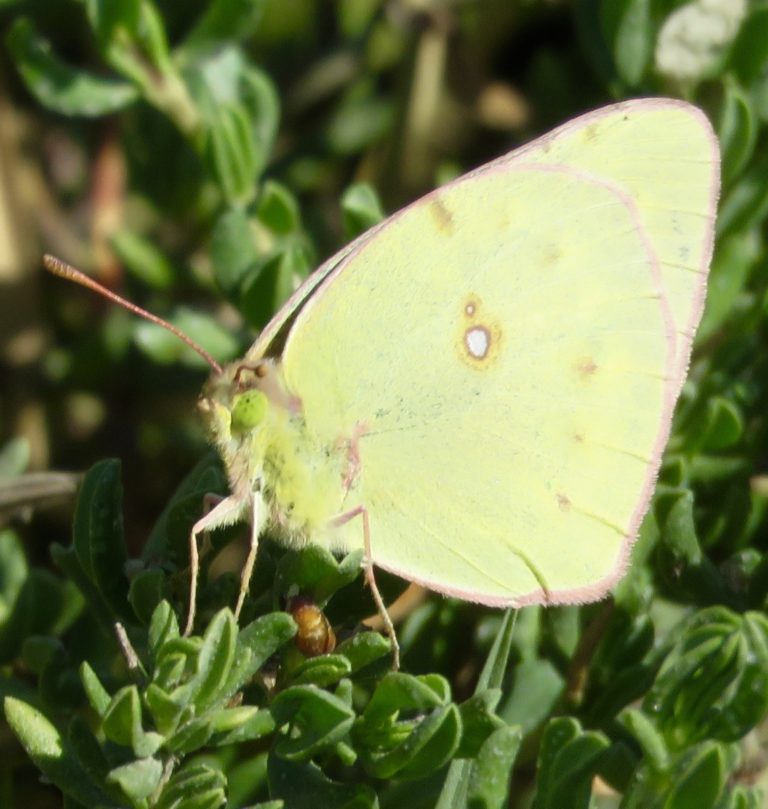
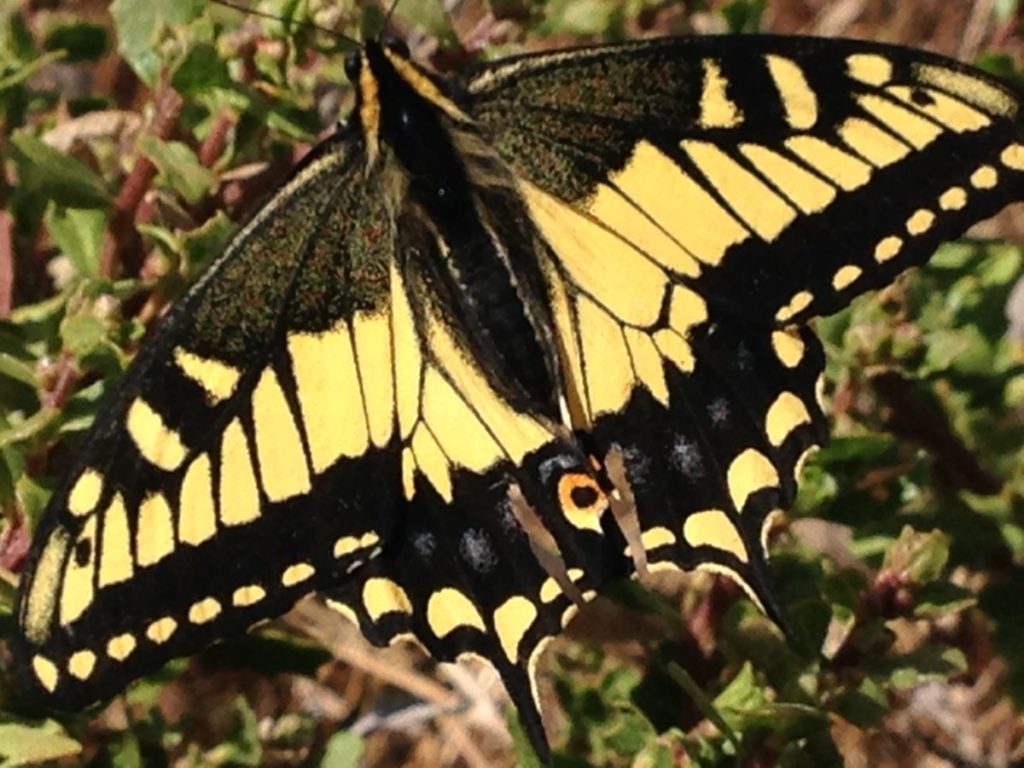 Anise Swallowtail (Papilio zelicaon) historically relied on native marsh plants such as angelica and cow parsnip, but today is found on the non-native fennel that dominates the edges of Pier 94.
Anise Swallowtail (Papilio zelicaon) historically relied on native marsh plants such as angelica and cow parsnip, but today is found on the non-native fennel that dominates the edges of Pier 94.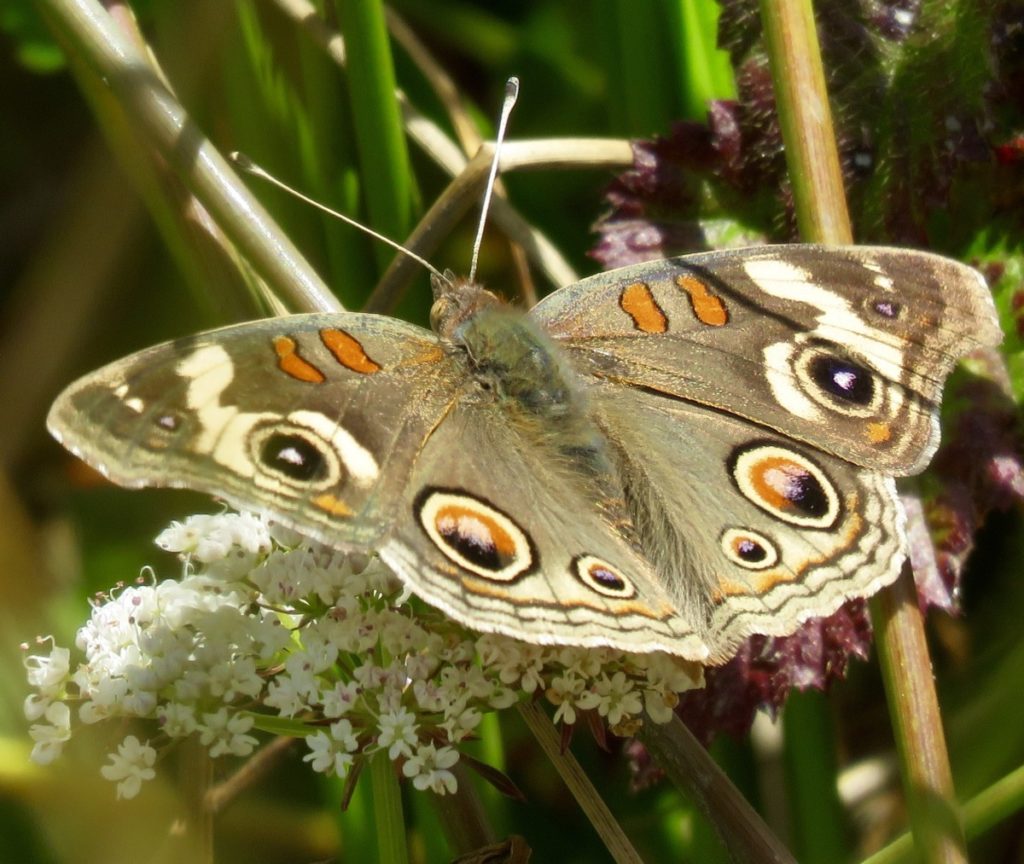 Common Buckeye (Junonia coenia) is abundant during fall and can be found on native monkey flower and non-native English plantain.
Common Buckeye (Junonia coenia) is abundant during fall and can be found on native monkey flower and non-native English plantain.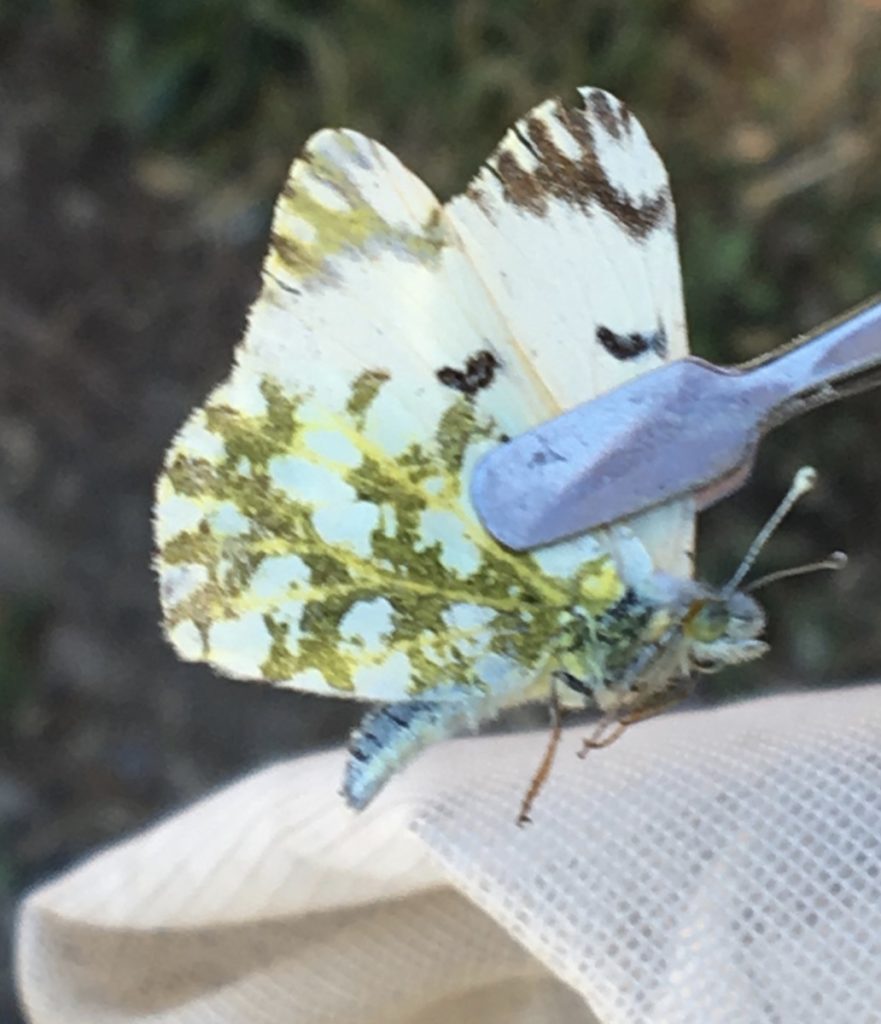 Large Marble (Euchre ausonides) is a native butterfly often mistaken for a Cabbage White. Feeds on non-native mustards and wild radish.
Large Marble (Euchre ausonides) is a native butterfly often mistaken for a Cabbage White. Feeds on non-native mustards and wild radish.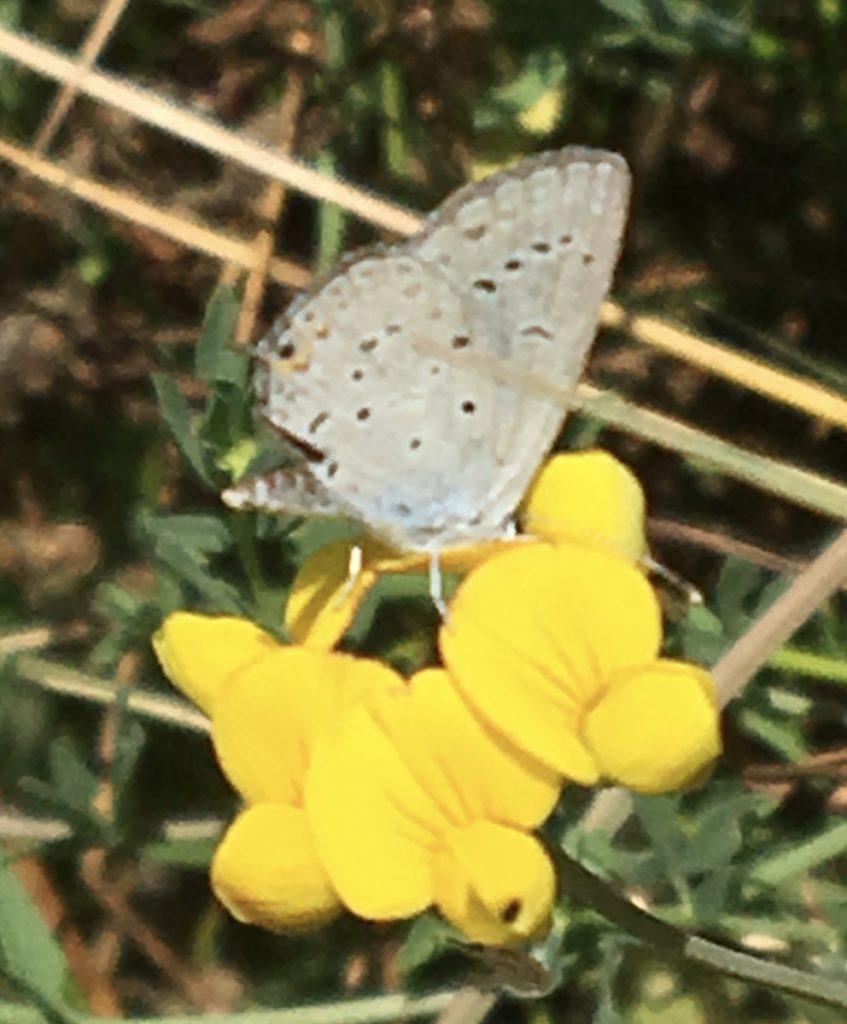 Eastern-Tailed Blue (Cupido comyntas). This was only the second time Liam found this butterfly in San Francisco County; the first time was a decade ago at Fort Funston.
Eastern-Tailed Blue (Cupido comyntas). This was only the second time Liam found this butterfly in San Francisco County; the first time was a decade ago at Fort Funston.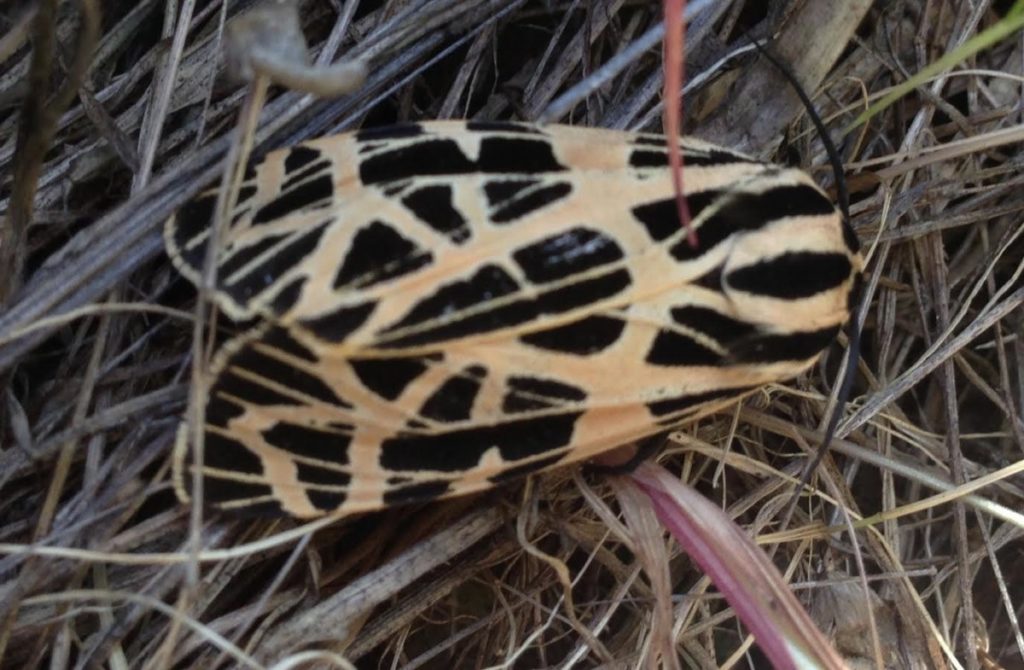 Ornate Tiger Moth (Grammia ornate). The males are attracted to light, but females like this one can be found flying slowly during daylight.
Ornate Tiger Moth (Grammia ornate). The males are attracted to light, but females like this one can be found flying slowly during daylight. Acmon Blue (Plebejus acumen) hosts on perennial buckwheats and relies on coyote bush in the fall for nectar. Males are sky blue, females blue in spring and slate grey in fall. Both sexes have orange bands across their top hind wings.
Acmon Blue (Plebejus acumen) hosts on perennial buckwheats and relies on coyote bush in the fall for nectar. Males are sky blue, females blue in spring and slate grey in fall. Both sexes have orange bands across their top hind wings.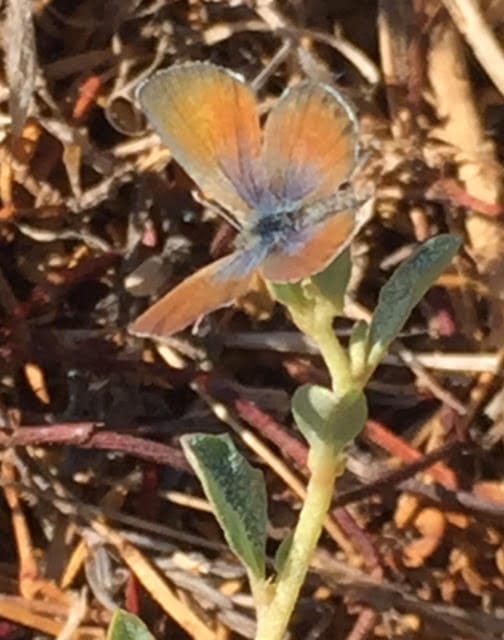 Western Pygmy Blue (Brephidium exile) is present all year. It hosts (lays eggs) on native salt marsh plants such as pickle weed and California sea blite.
Western Pygmy Blue (Brephidium exile) is present all year. It hosts (lays eggs) on native salt marsh plants such as pickle weed and California sea blite.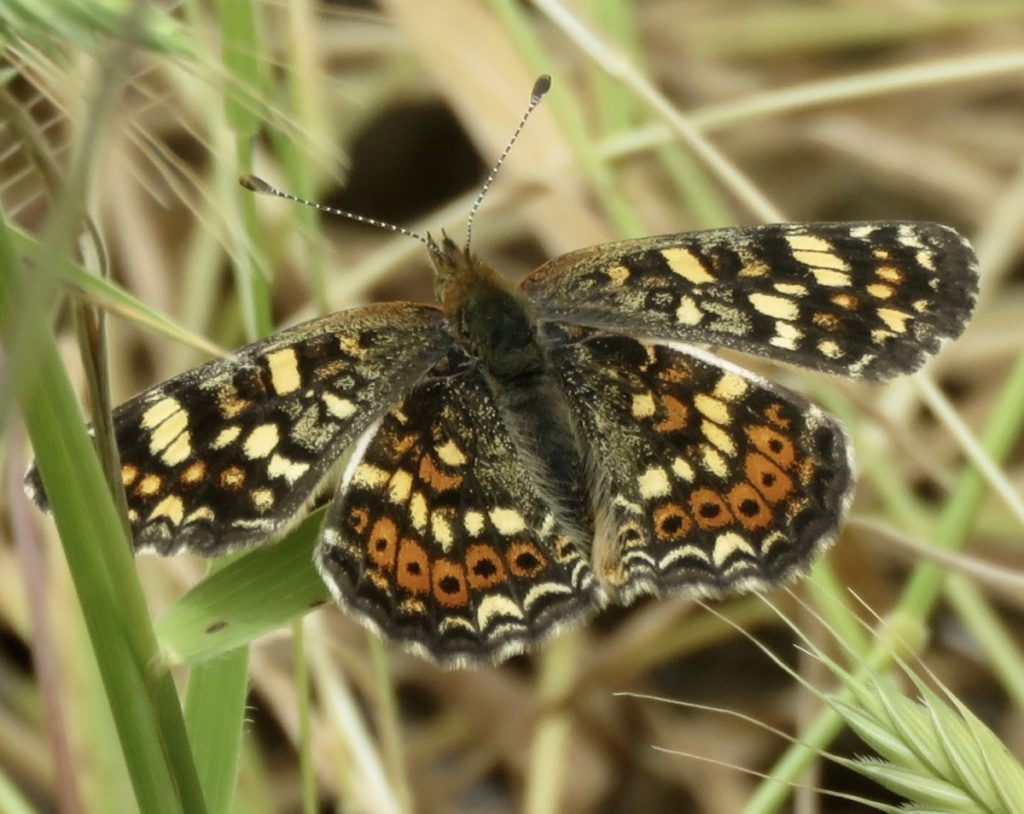 Field Crescent (Phyciodes pulchella). Liam was excited to find this one since its host, California aster, is rather sparse at Pier 94.…
Field Crescent (Phyciodes pulchella). Liam was excited to find this one since its host, California aster, is rather sparse at Pier 94.…
 Oiled Western Grebe after Cosco Busan spill / Photo by Eddie Bartley
Oiled Western Grebe after Cosco Busan spill / Photo by Eddie Bartley Oiled Surf Scoter after Cosco Busan spill / Photo by Eddie Bartley
Oiled Surf Scoter after Cosco Busan spill / Photo by Eddie Bartley Cosco Busan, where it hit the bridge tower / Photo by Scott Epperson
Cosco Busan, where it hit the bridge tower / Photo by Scott Epperson
 Someone decided this would be a Black-crowned Night-Heron and not a Red-eyed Night-Heron. Photo by Bill Walker
Someone decided this would be a Black-crowned Night-Heron and not a Red-eyed Night-Heron. Photo by Bill Walker First edition of AOU Checklist, 1886
First edition of AOU Checklist, 1886